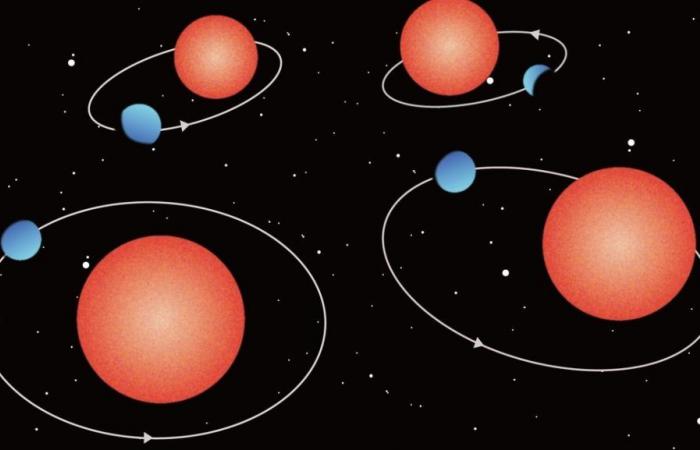An international group of astronomers discovered four exoplanets when investigating their respective host stars, red dwarfs more than 1 billion years old, reported the National Institutes of Natural Sciences of Japan.
The newly discovered celestial bodies were named TOI-782b, TOI-1448b, TOI-2120b and TOI-2406b. Likewise, they were classified as ‘mini-neptunes’, a name used to refer to planets that are smaller than Neptune, although larger than Earth. Such astronomical bodies, as is known and confirmed by NASA, do not exist in our solar system.
In a study recently published in The Astronomical Journal, it was reported that the ‘new’ mini-Neptunes were detected from follow-up spectroscopic observations, which were obtained from both an array of ground-based telescopes and NASA’s TESS space telescope.
According to astronomers, the four exoplanets have radii between 2 and 3 times that of Earth, as well as orbital periods of less than eight days. On the other hand, measurements of radial velocities, obtained from the Japanese Subaru telescope, allowed us to determine that the maximum mass of these bodies is 20 times less than that of our planet.
Its interiors are a mystery
The scientists explained that the relationship between the maximum mass and the radius of each of the four mini-Neptunes shows that they are not rocky planets like Earth, and that there is some volatile matter in their interiors. It is likely that these planets retain in their core the vestiges of a peculiar atmosphere, or an icy shell made of water, such as that seen on aquatic worlds.
The specialists commented that at least three of the four exoplanets (TOI-782b, TOI-2120b, TOI-2406b) are probably in eccentric orbits, since they have maintained non-zero eccentricities for millions of years. This could be due to the short time they take to orbit their stars. This fact suggests that their interiors are not influenced by the effects of tidal forces.
Finally, astronomers hope to use the James Webb Space Telescope to make observations that will give them more details about the internal and atmospheric compositions of the four exoplanets.






